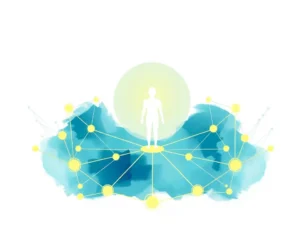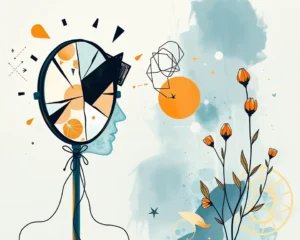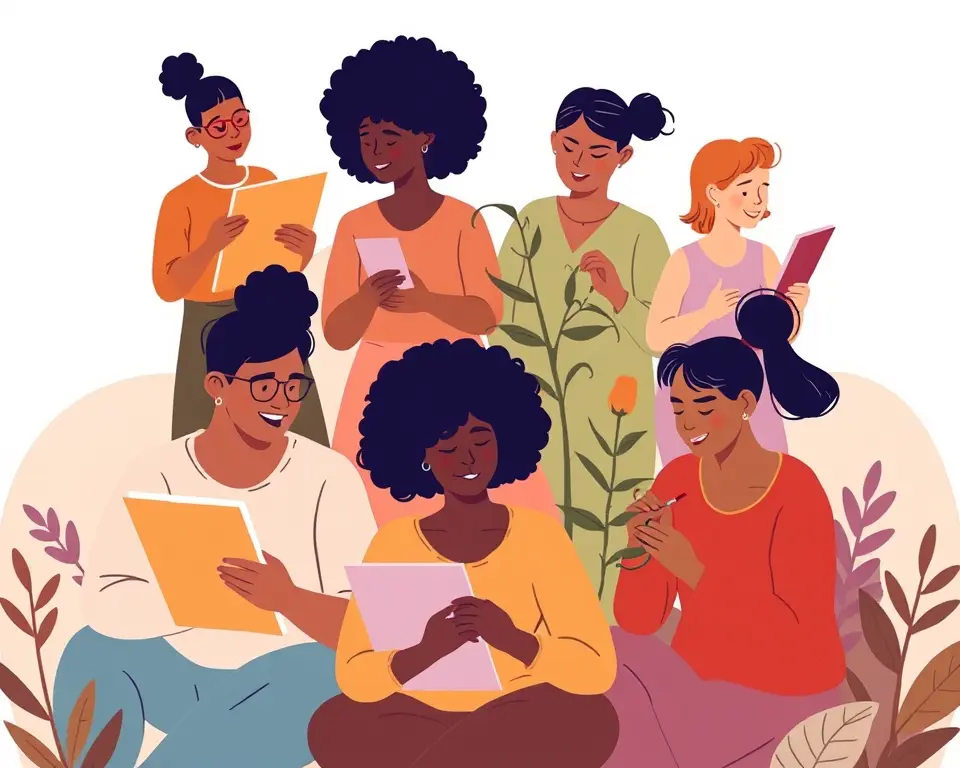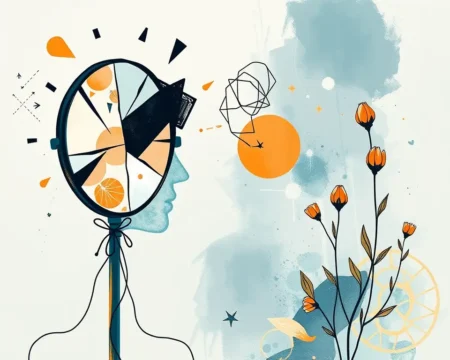Loneliness is a pervasive issue affecting millions worldwide. Recent statistics indicate that nearly 1 in 4 adults experience loneliness regularly. This isn’t just a fleeting feeling; it’s a significant public health concern. Loneliness and social isolation can lead to serious mental and physical health problems, including depression, anxiety, heart disease, and a weakened immune system.
Fortunately, proactive steps can be taken to combat loneliness and foster stronger mental well-being. Group activities offer a powerful antidote, providing connection, support, and a sense of belonging. Here are six group mental health activities to help you or someone you know break free from the grip of loneliness.
Why Group Activities? The Power of Connection
Group activities offer numerous benefits for mental health, particularly in combating loneliness.
- Combating Isolation: Group settings provide regular opportunities for social interaction, which is crucial for those who struggle to connect with others. The simple act of being around other people can ease feelings of isolation.
- Building a Sense of Belonging: Participating in group activities fosters a sense of community and shared purpose. This feeling of belonging is a fundamental human need that protects against mental health challenges like depression and anxiety.
- Sharing and Learning: Groups provide a safe space to share experiences and learn from others. Knowing that others face similar challenges can reduce feelings of shame and isolation, fostering empathy and compassion.
- Developing Social Skills: Group activities encourage the development of essential communication and relationship-building skills. Participants learn to express themselves, listen actively, and resolve conflicts constructively. These skills translate into healthier relationships outside the group setting.
- Boosting Mood: Many group activities, such as exercise and dancing, release endorphins, which have mood-boosting effects. This can help alleviate stress and improve overall well-being.
- Accountability: Joining a dedicated group can make you feel more accountable, helping you stick to routines and achieve personal goals.
6 Group Mental Health Activities to Combat Loneliness
Here are six group activities that can help combat loneliness, enhance social connection, and improve mental well-being:
1. Exercise and Sports: Moving Together
Physical activity is a cornerstone of mental and physical health. Exercising in a group amplifies these benefits by adding a social element.
- How it helps: Group exercise releases endorphins, reduces stress, and improves mood. Team sports and group fitness classes provide a sense of belonging and social support, combatting feelings of isolation.
- Examples: Consider joining a sports team (basketball, soccer, volleyball), a running club, a cycling group, or a group fitness class (Zumba, aerobics, spinning). Online exercise classes can also provide a sense of community if leaving home is difficult.
- Getting Started: Look for local sports leagues, fitness centers, or community centers that offer group exercise programs. Many online platforms also offer live and on-demand group fitness classes.
2. Dance: Express Yourself and Connect
Dancing is a joyful and expressive activity that can significantly boost mental health. Dancing together enhances these benefits by fostering group bonding and reducing feelings of loneliness.
- How it helps: Dance increases dopamine and serotonin levels, improving mood and reducing symptoms of depression. It strengthens social bonds, encourages self-expression, and provides a fun and engaging way to connect with others.
- Examples: Explore group dance sessions like Zumba, salsa, swing, or even freestyle movement classes. These classes offer a structured and supportive environment to learn new moves and connect with fellow dancers.
- Getting Started: Search for local dance studios, community centers, or social groups that offer dance classes or social dance events.
3. Yoga and Meditation: Finding Calm Together
Yoga and meditation are powerful tools for stress reduction and emotional well-being. Practicing these activities in a group amplifies their benefits by creating a sense of community and shared experience.
- How it helps: Yoga lowers cortisol levels, reducing feelings of stress and anxiety. Deep breathing exercises calm the nervous system. When practiced in a group, yoga fosters a sense of community, reducing feelings of loneliness and isolation. Meditation promotes emotional wellness and reduces stress.
- Examples: Attend group yoga classes, mindfulness meditation sessions, or laughter yoga workshops. Partner yoga can be particularly effective for building social bonds.
- Getting Started: Look for yoga studios, community centers, or meditation groups in your area. Many online platforms also offer guided meditation and yoga sessions.
4. Creative Arts: Expressing and Connecting Through Art
Creative activities like painting, drawing, writing, and music can be incredibly therapeutic. Engaging in these activities in a group provides a supportive environment for self-expression and connection.
- How it helps: Art therapy helps people explore their emotions, reduce stress, and improve self-esteem. Group art projects foster collaboration, communication, and a sense of shared accomplishment.
- Examples: Join a painting class, a pottery workshop, a creative writing group, a choir, or a band. Consider activities like creating vision boards together, where participants create a collage of images and words representing their goals and aspirations.
- Getting Started: Check local art centers, community centers, or online platforms for creative arts classes and workshops.
5. Book Clubs: Discovering New Worlds and Nurturing Friendship
Book clubs offer a unique blend of intellectual stimulation and social connection. Discussing books in a group provides opportunities to share perspectives, engage in meaningful conversations, and build lasting friendships.
- How it helps: Intellectual engagement helps maintain cognitive health and improve memory. Book clubs provide a structured environment for social interaction, reducing feelings of loneliness and isolation.
- Examples: Join a local book club, start your own with friends or neighbors, or participate in an online book club.
- Getting Started: Search online for local book clubs or inquire at your local library or bookstore. Online platforms like Goodreads also host numerous virtual book clubs.
6. Volunteering: Giving Back and Connecting with Purpose
Volunteering is a selfless act that benefits both the recipient and the giver. Volunteering in a group enhances these benefits by creating a sense of purpose, social connection, and shared accomplishment.
- How it helps: Helping others reduces loneliness and provides a sense of mission and purpose in life, linked to better health. Volunteering offers opportunities to meet new people, develop new skills, and contribute to your community.
- Examples: Volunteer at a local food bank, animal shelter, community garden, or environmental organization. Participate in group volunteering events like park cleanups or community building projects.
- Getting Started: Search online for local volunteer opportunities or contact local charities and non-profit organizations.
Overcoming Barriers to Connection
It’s important to acknowledge that overcoming loneliness can be challenging. Several barriers can make it difficult to connect with others, including:
- Social Anxiety: Fear of social situations can prevent people from participating in group activities.
- Lack of Confidence: Low self-esteem can make it difficult to initiate conversations and build relationships.
- Mobility Issues: Physical limitations can make it difficult to leave the house and participate in activities.
- Remote Work: Working from home can lead to isolation due to a lack of casual social interactions.
- Stigma: The stigma surrounding loneliness can make it difficult to talk about and seek help.
Here are some tips for overcoming these barriers:
- Start Small: Begin with small, manageable steps, such as smiling at a neighbor or joining a small online group.
- Be Patient: Building meaningful connections takes time. Be patient with yourself and don’t get discouraged if you don’t click with everyone you meet.
- Be Open and Honest: Share your feelings with trusted friends or family members. Honesty can be a powerful way to connect with others.
- Seek Professional Help: If loneliness is significantly impacting your mental health, consider seeking professional help from a therapist or counselor. Group therapy can be particularly effective for addressing loneliness and developing social skills.
- Utilize Technology: Use technology to your advantage by connecting with friends and family online, joining online communities, or participating in virtual events.
Conclusion
Loneliness is a significant challenge, but it is not insurmountable. By actively participating in group activities, individuals can combat isolation, build meaningful connections, and improve their overall mental well-being. Whether it’s through exercise, dance, yoga, creative arts, book clubs, or volunteering, there are numerous ways to find connection and purpose in a supportive group environment. Take the first step today and break free from the grip of loneliness.










